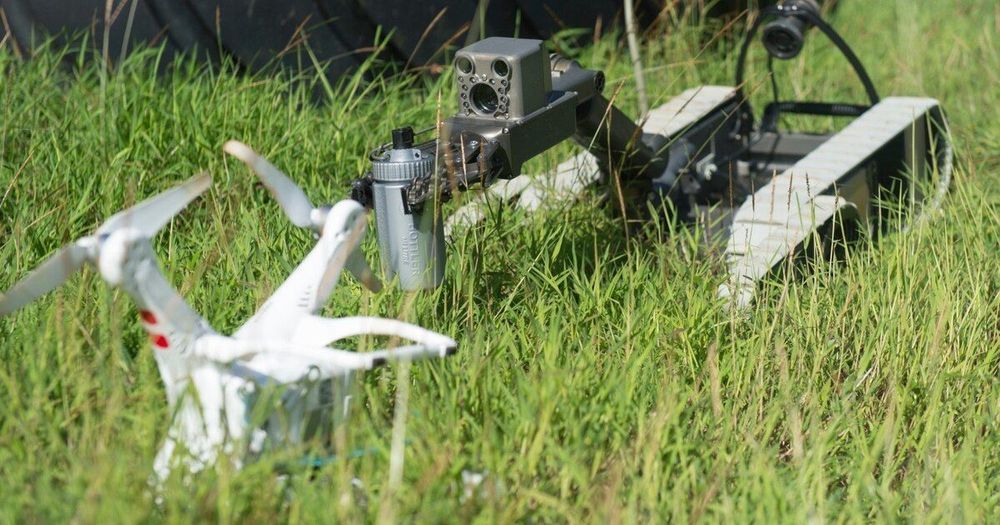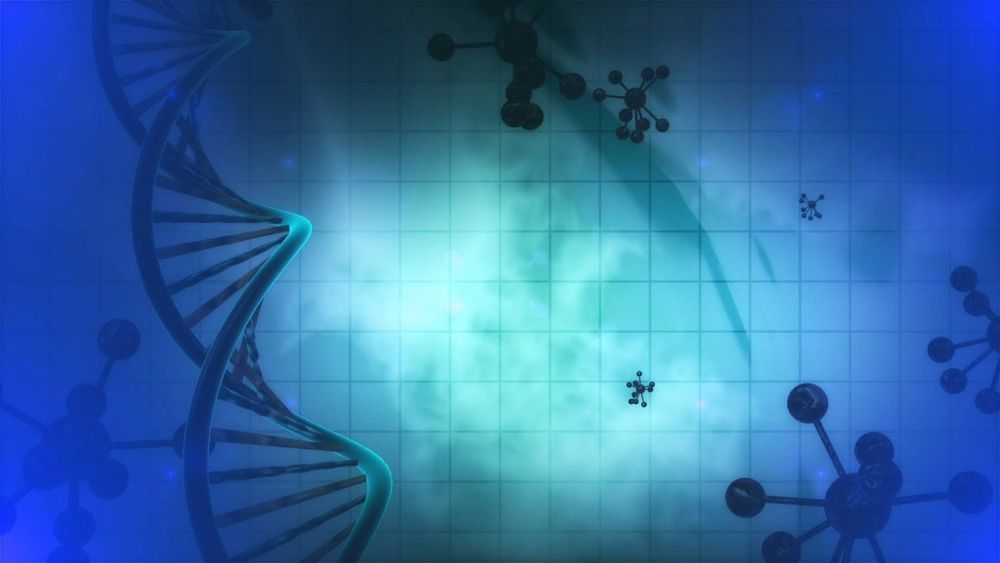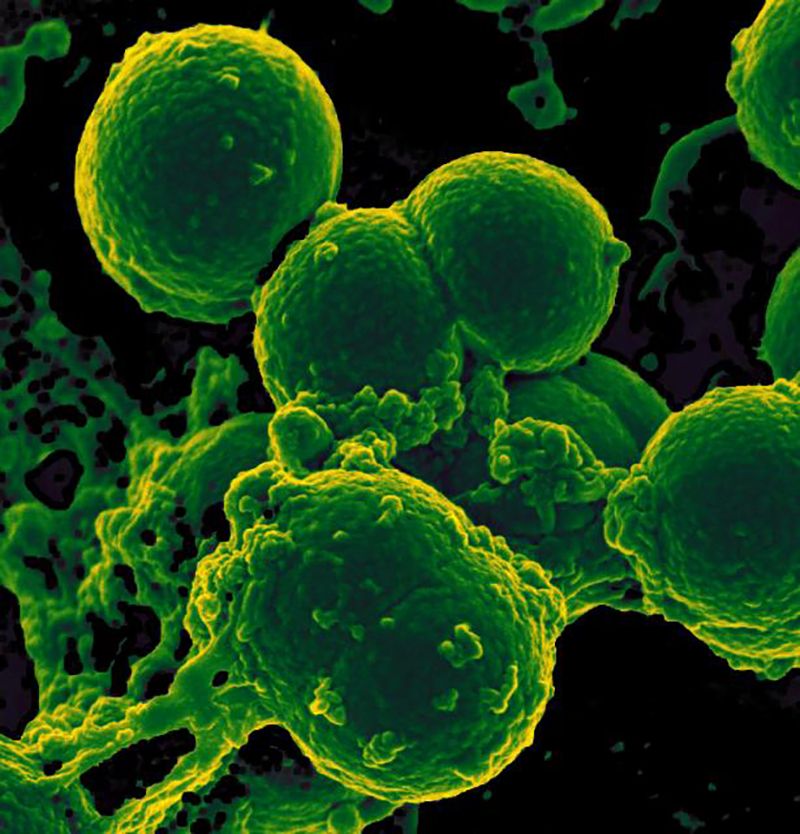Update: JAXA and Mitsubishi Heavy Industries have postponed today’s launch of the HTV-8 cargo ship due to a fire near the mission’s H-IIB rocket’s launchpad.
An unpiloted Japanese supply ship will launch to the International Space Station today (Sept. 10) and you can watch it leave Earth live courtesy of NASA and the Japan Aerospace Exploration Agency (JAXA).
The robotic spacecraft HTV-8 (also known as Kounotori8) will launch toward the space station from the Tanegashima Space Center in southern Japan at 5:33 p.m. EDT (2133 GMT). It will be 6:33 a.m. local time Wednesday at the launch site. You can watch the launch live here and on Space.com’s homepage via NASA TV at 5 p.m. EDT (2100 GMT). JAXA is offering its own webcast here beginning at 5:07 p.m. EDT (2107 GMT).








